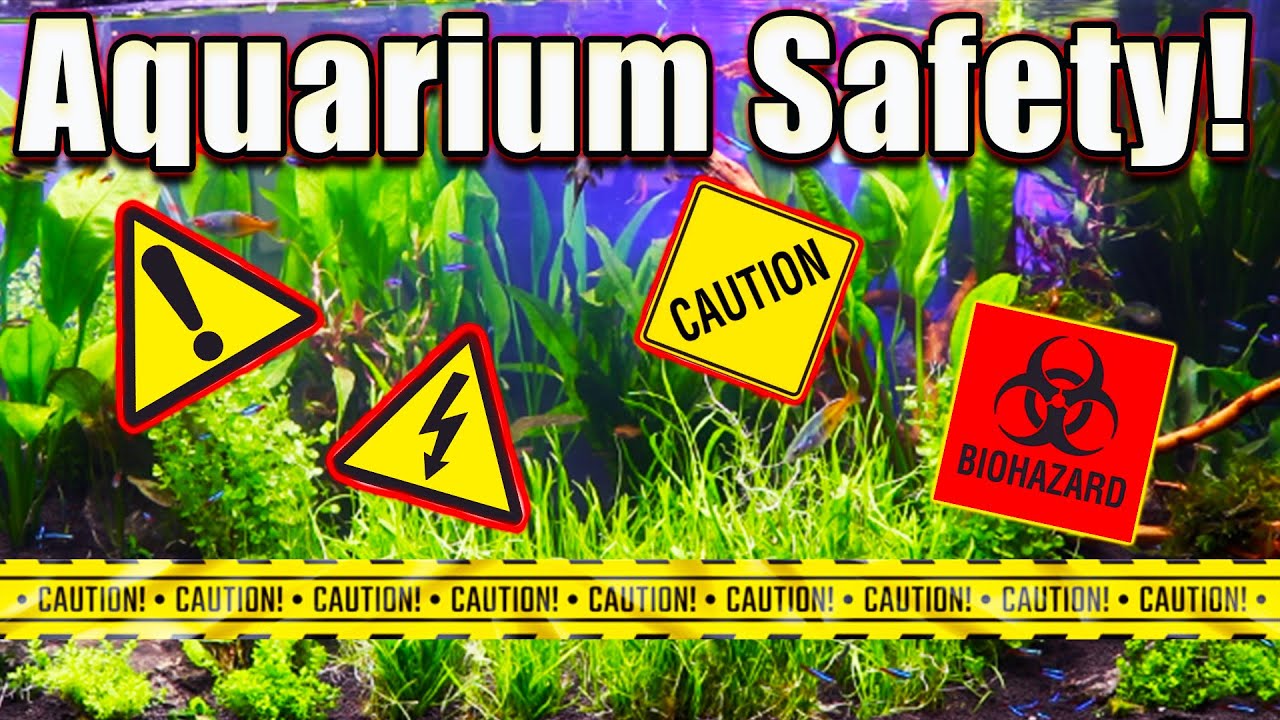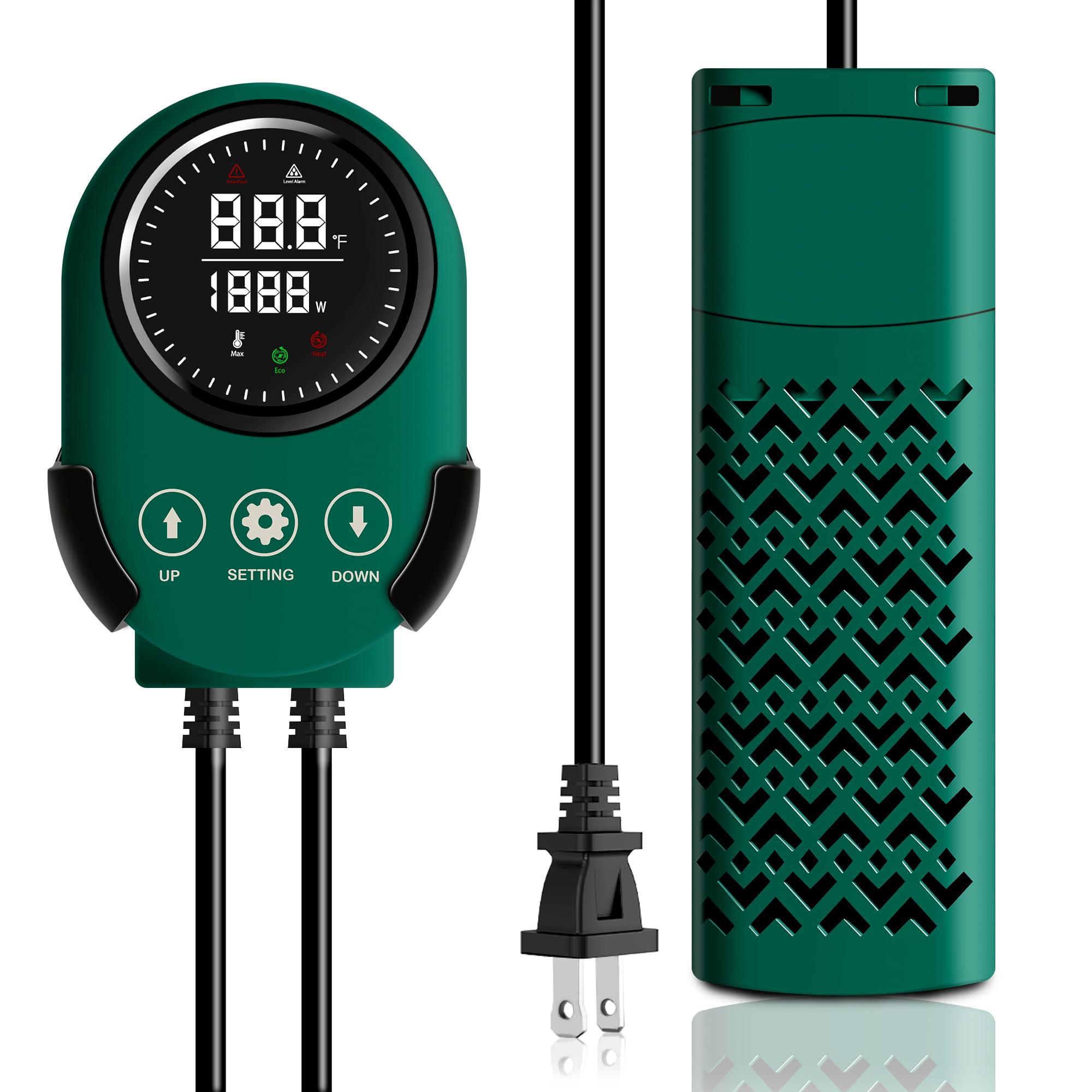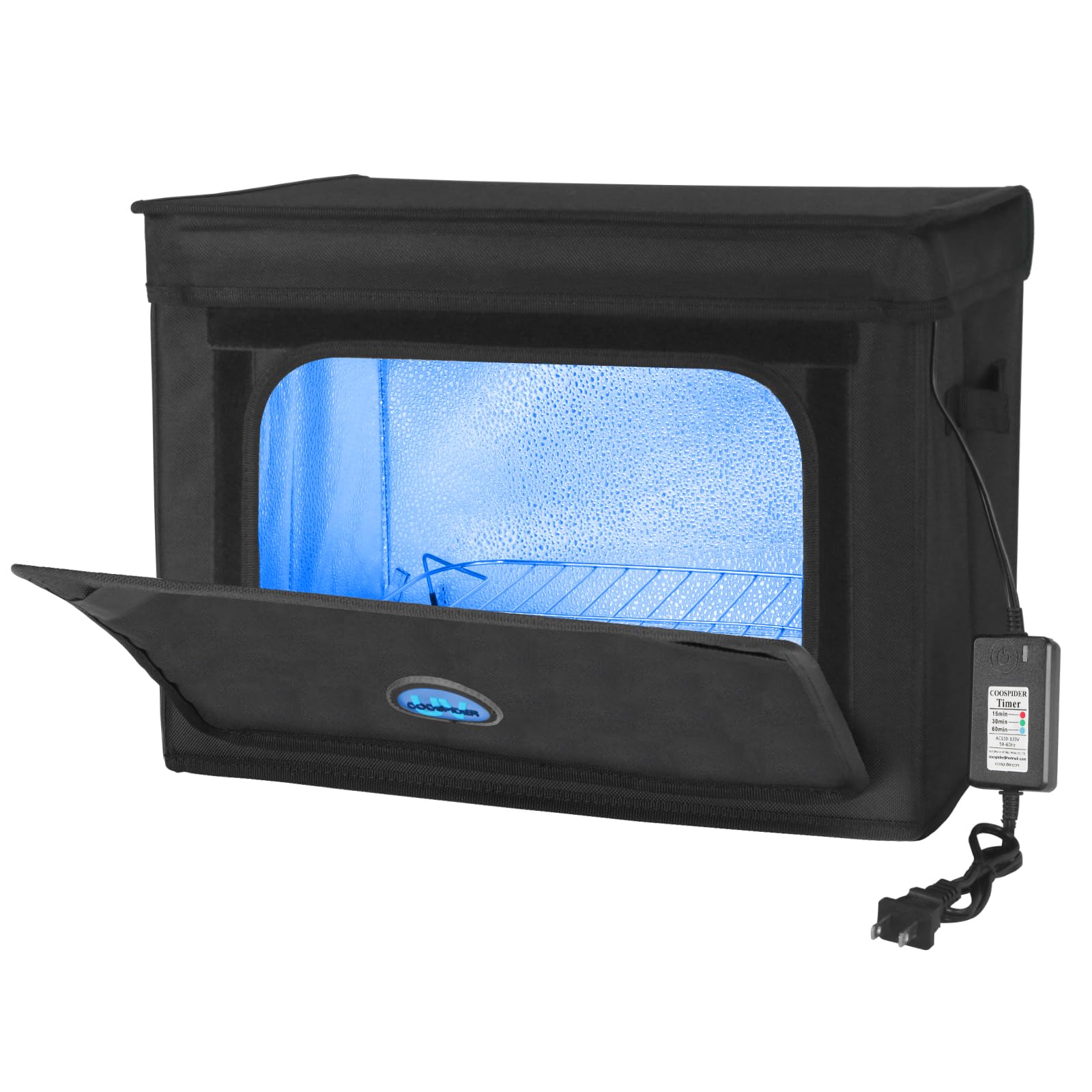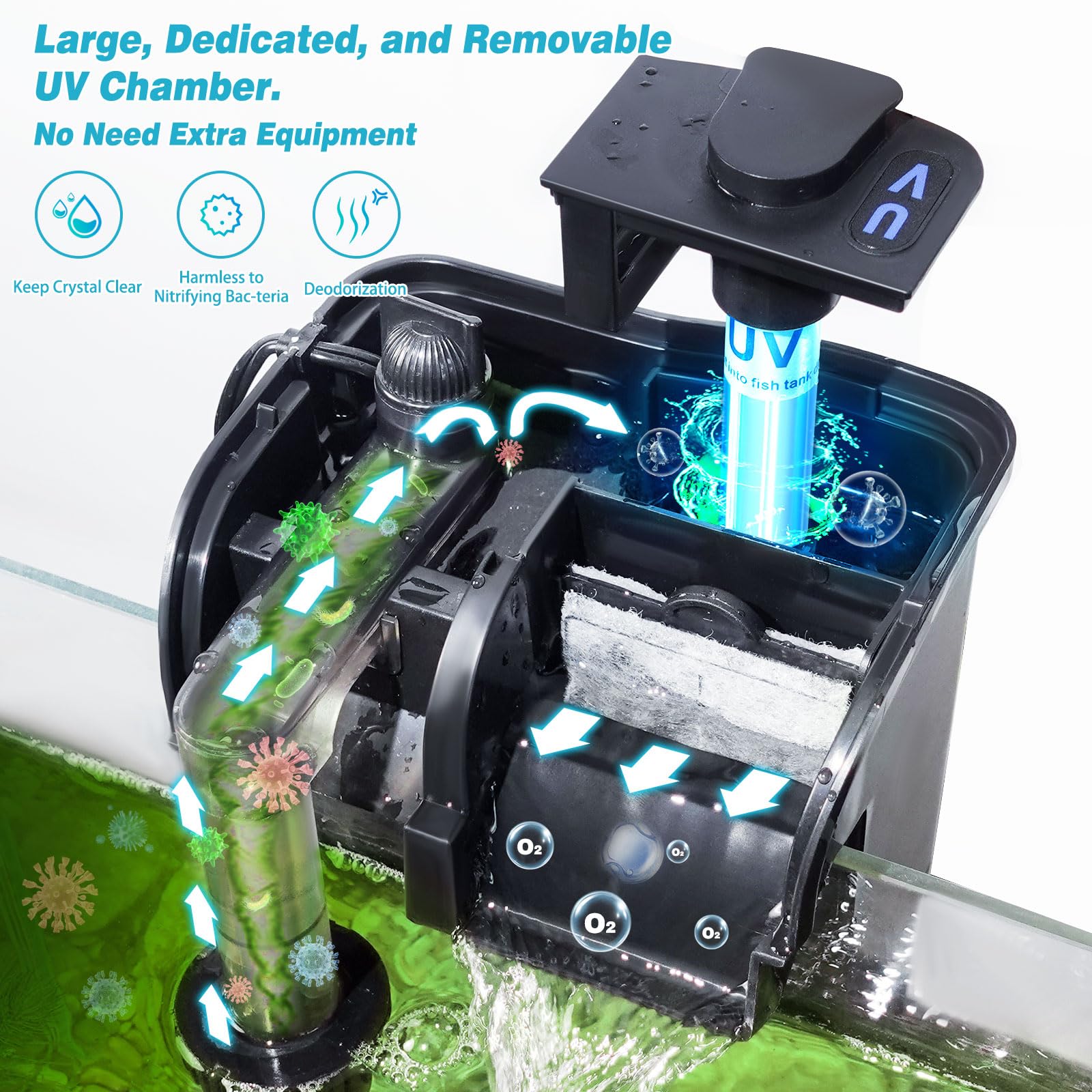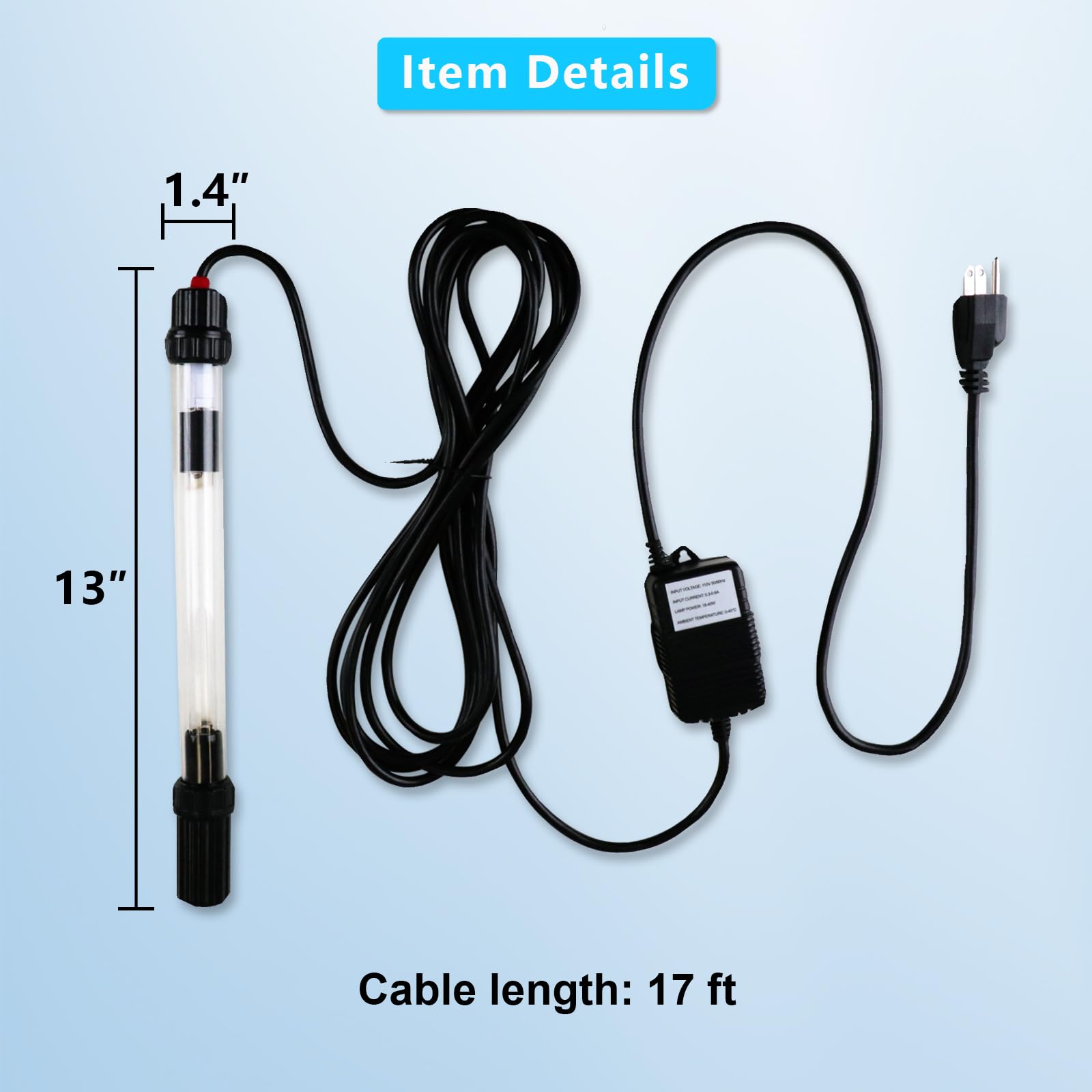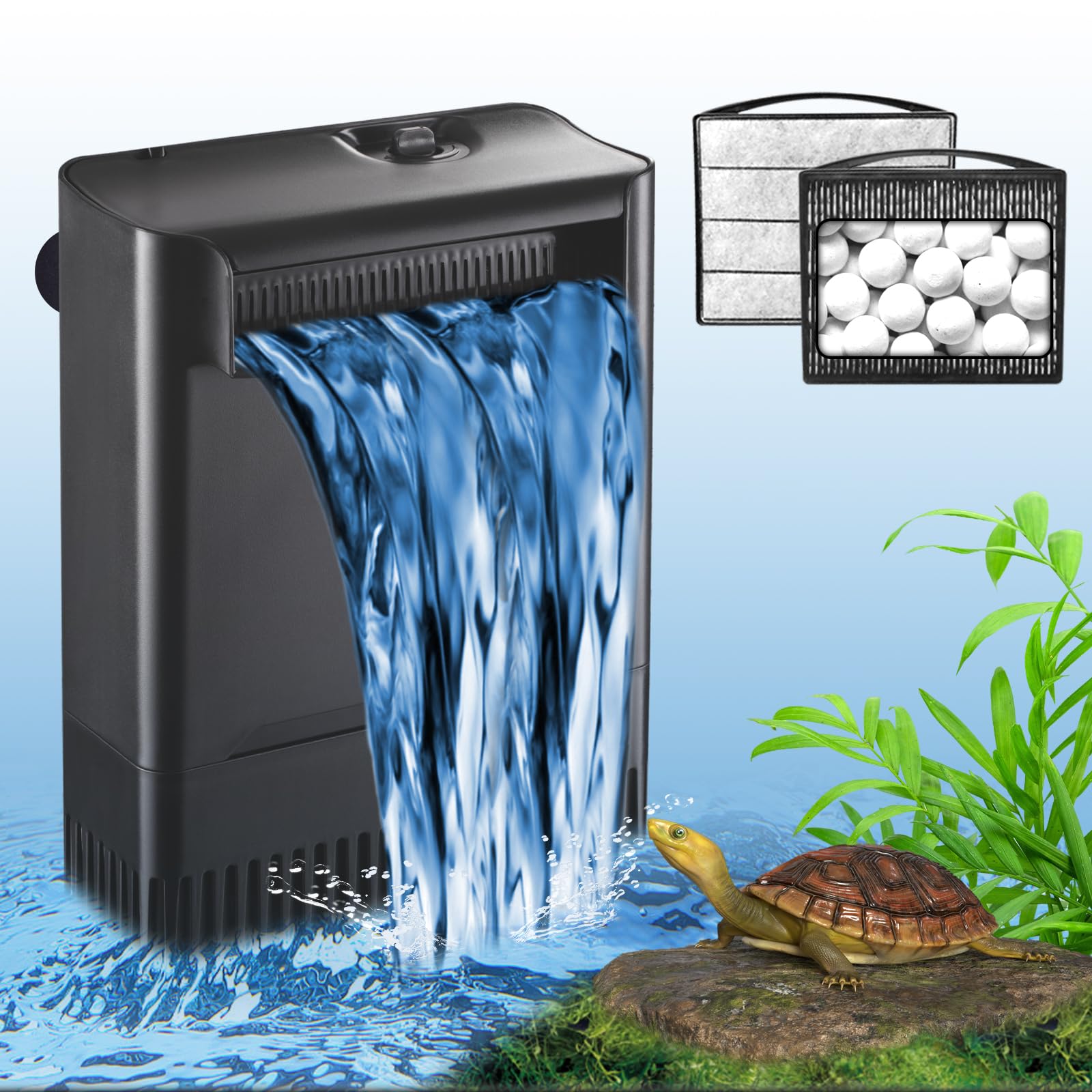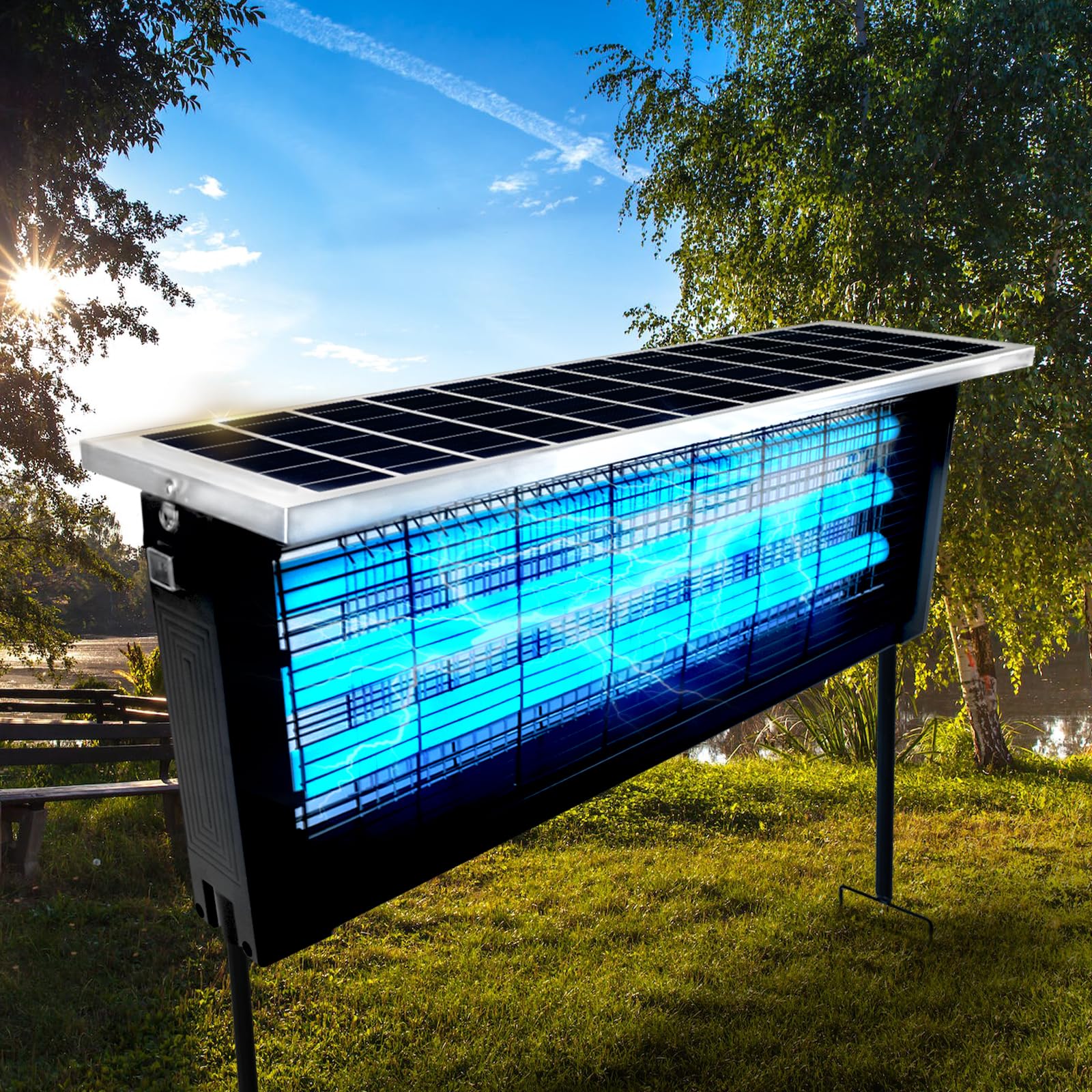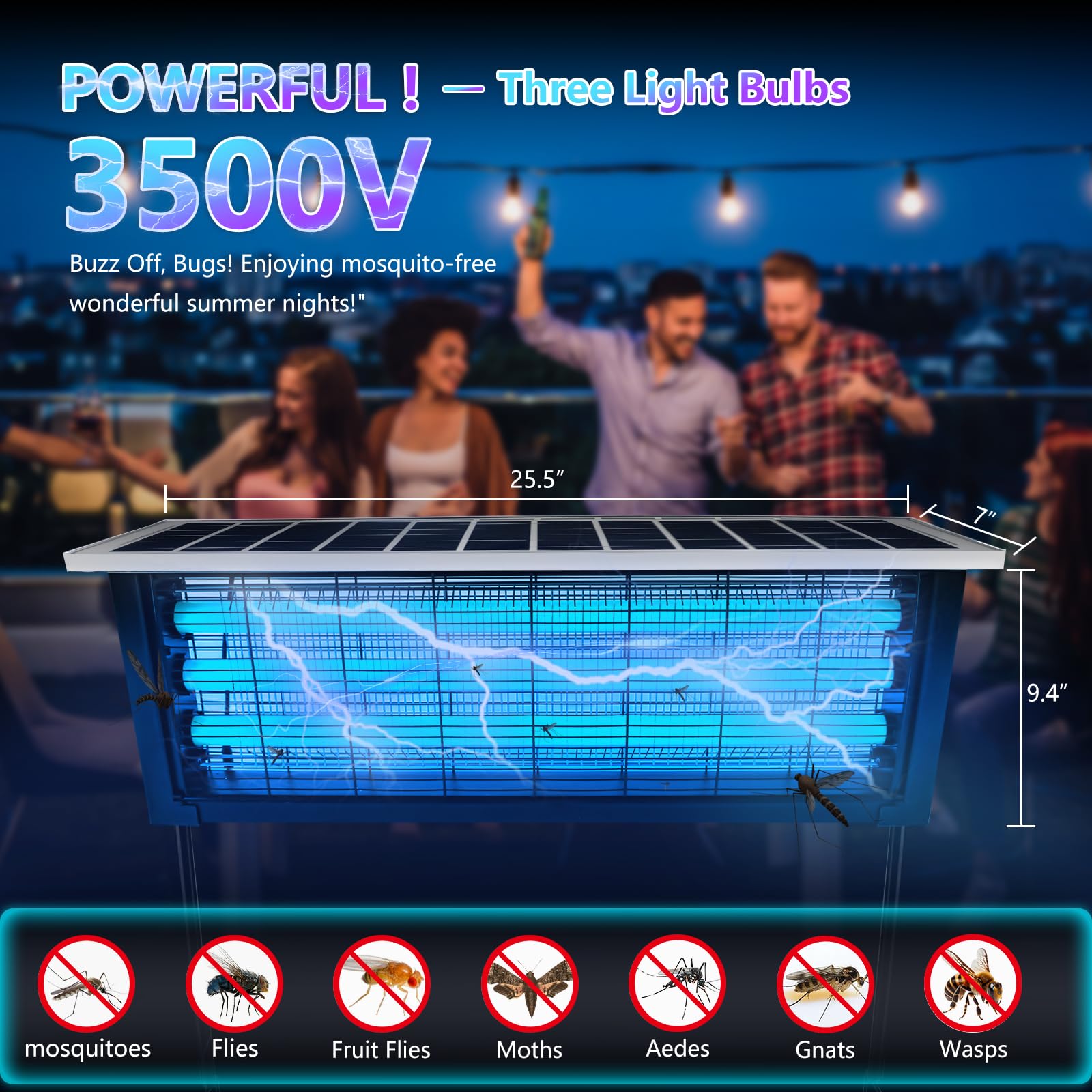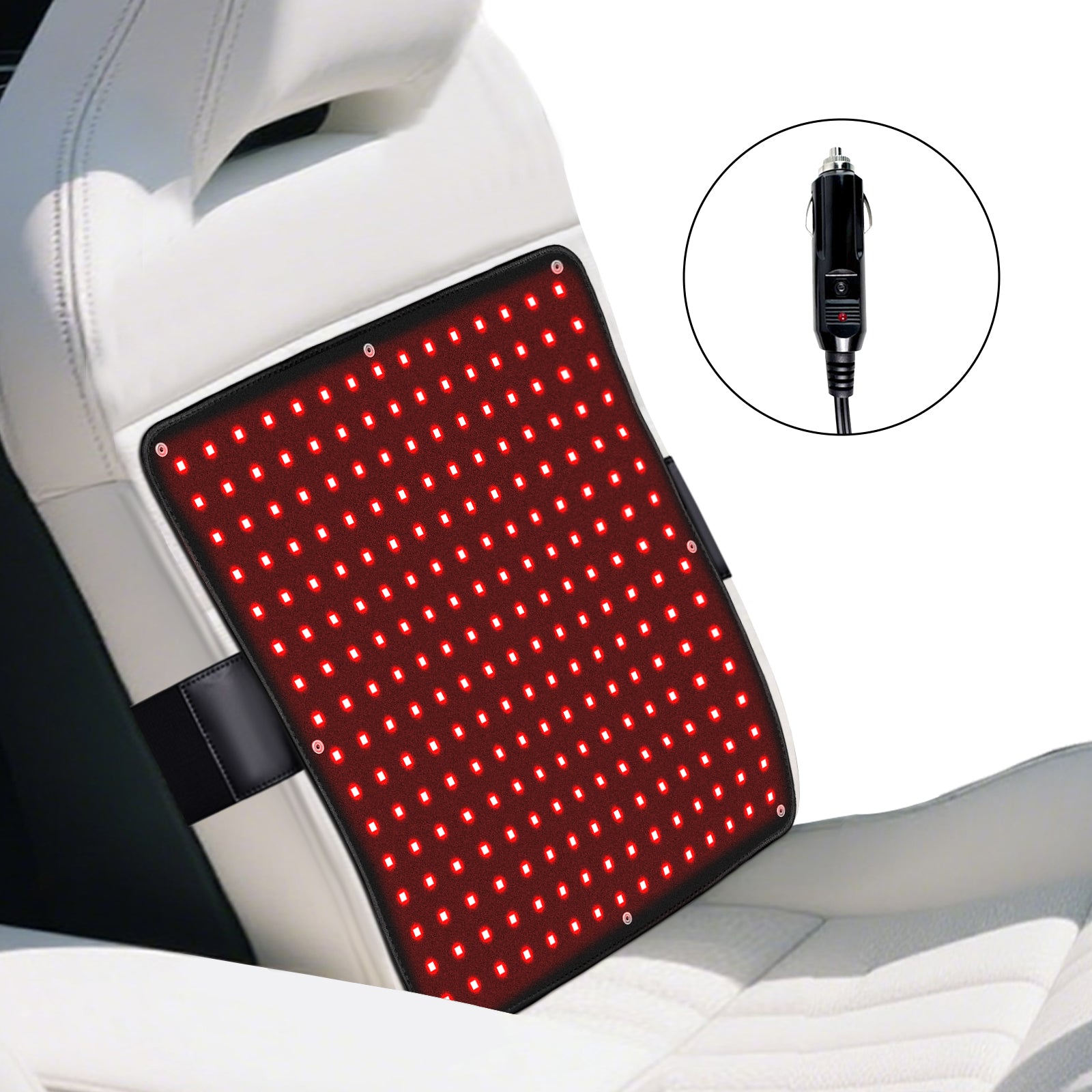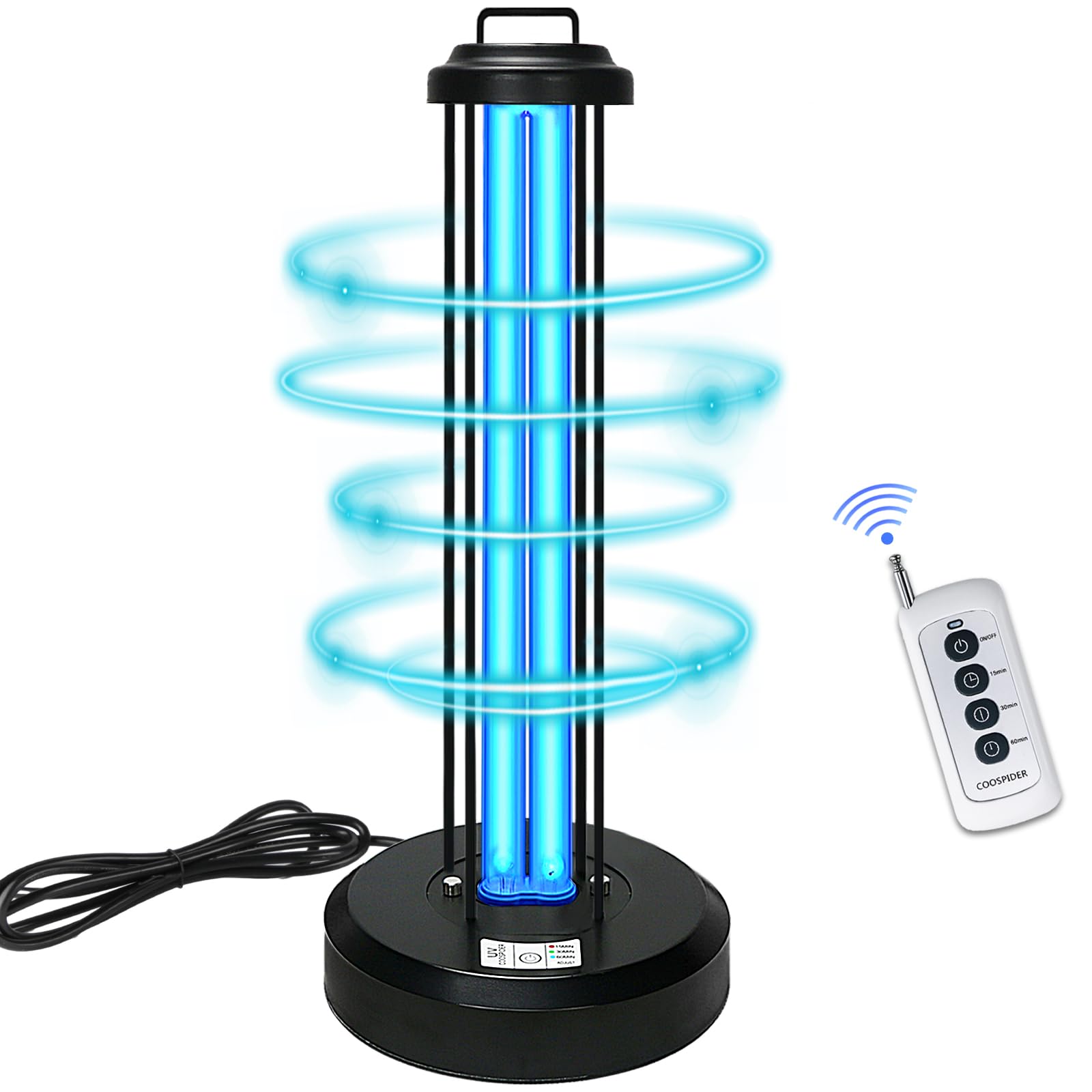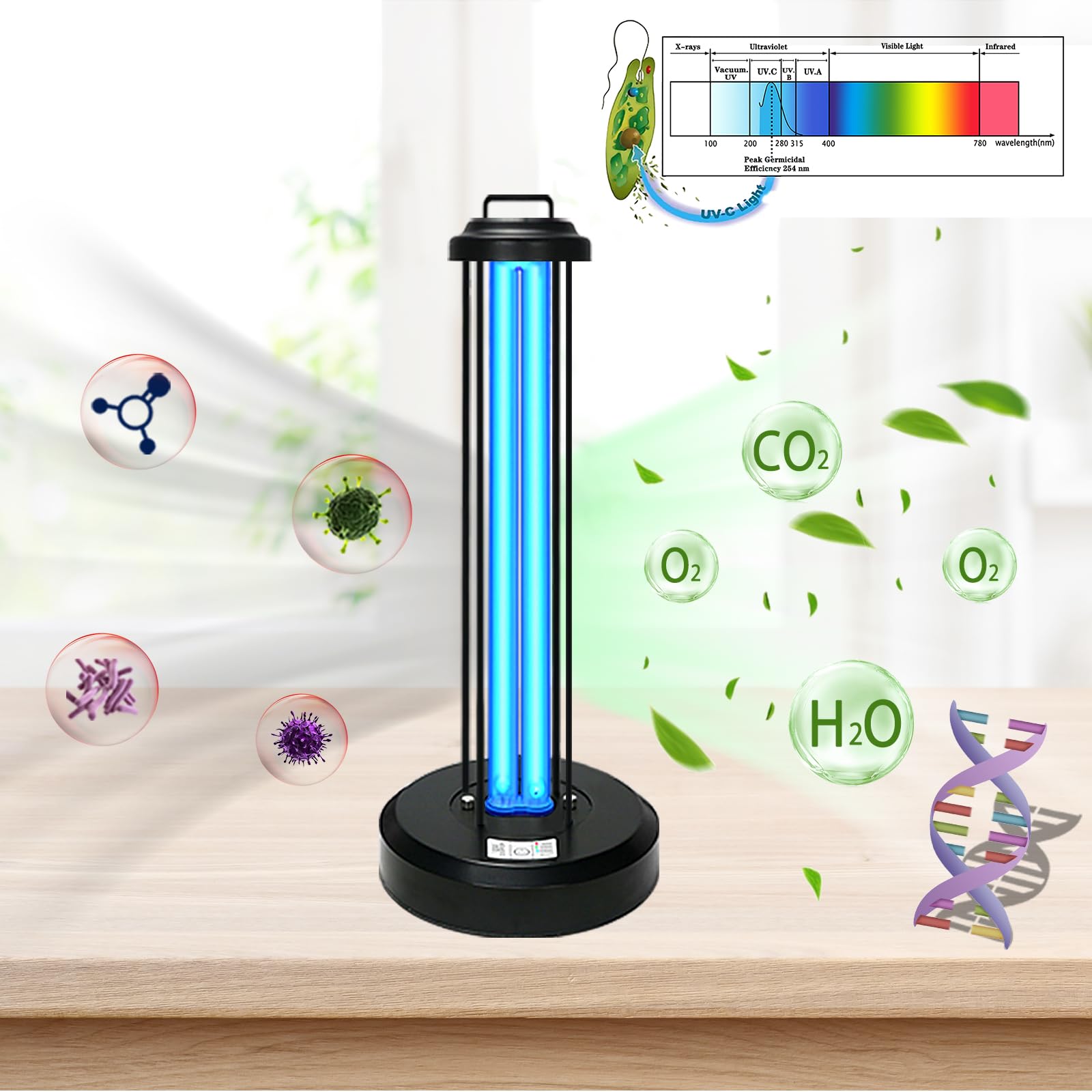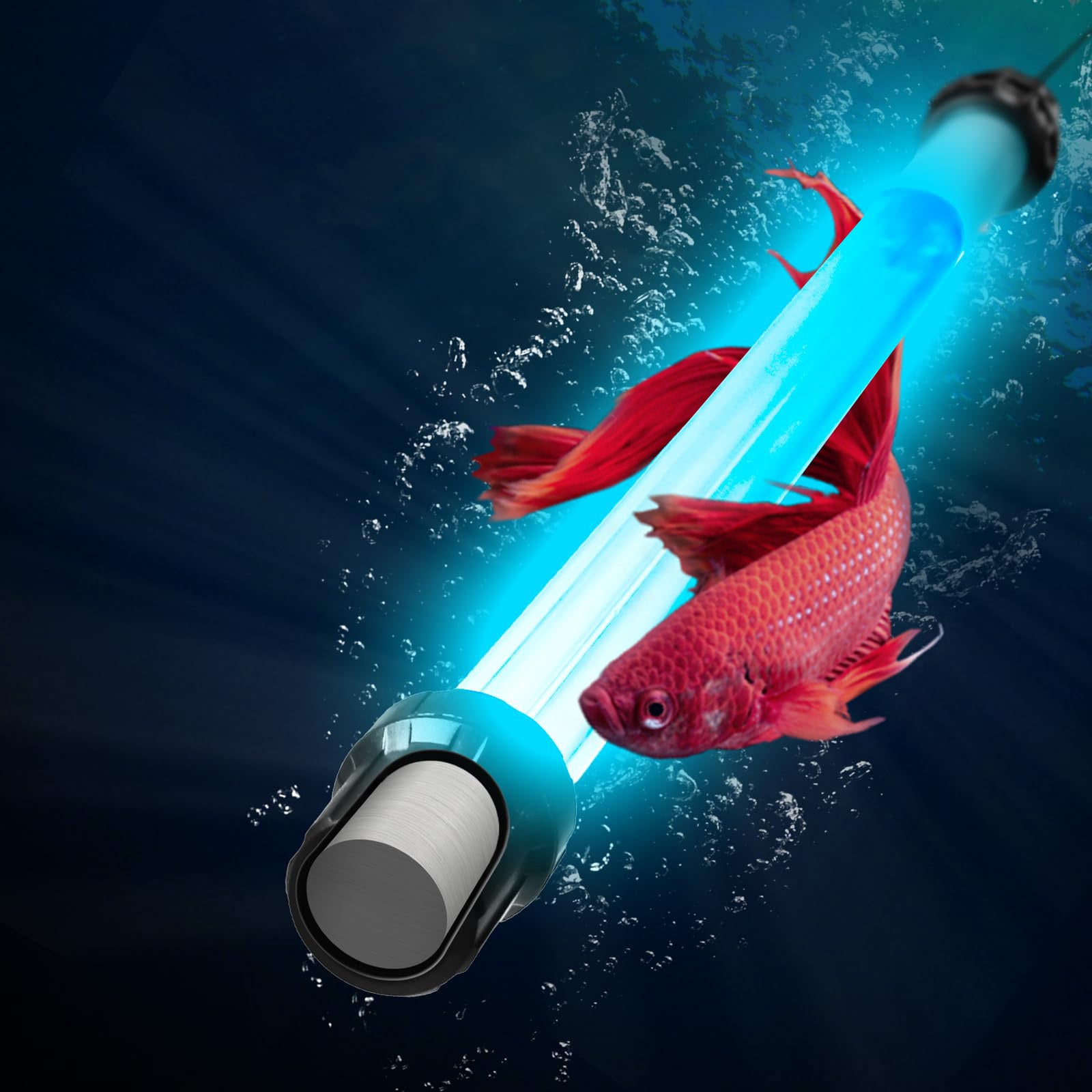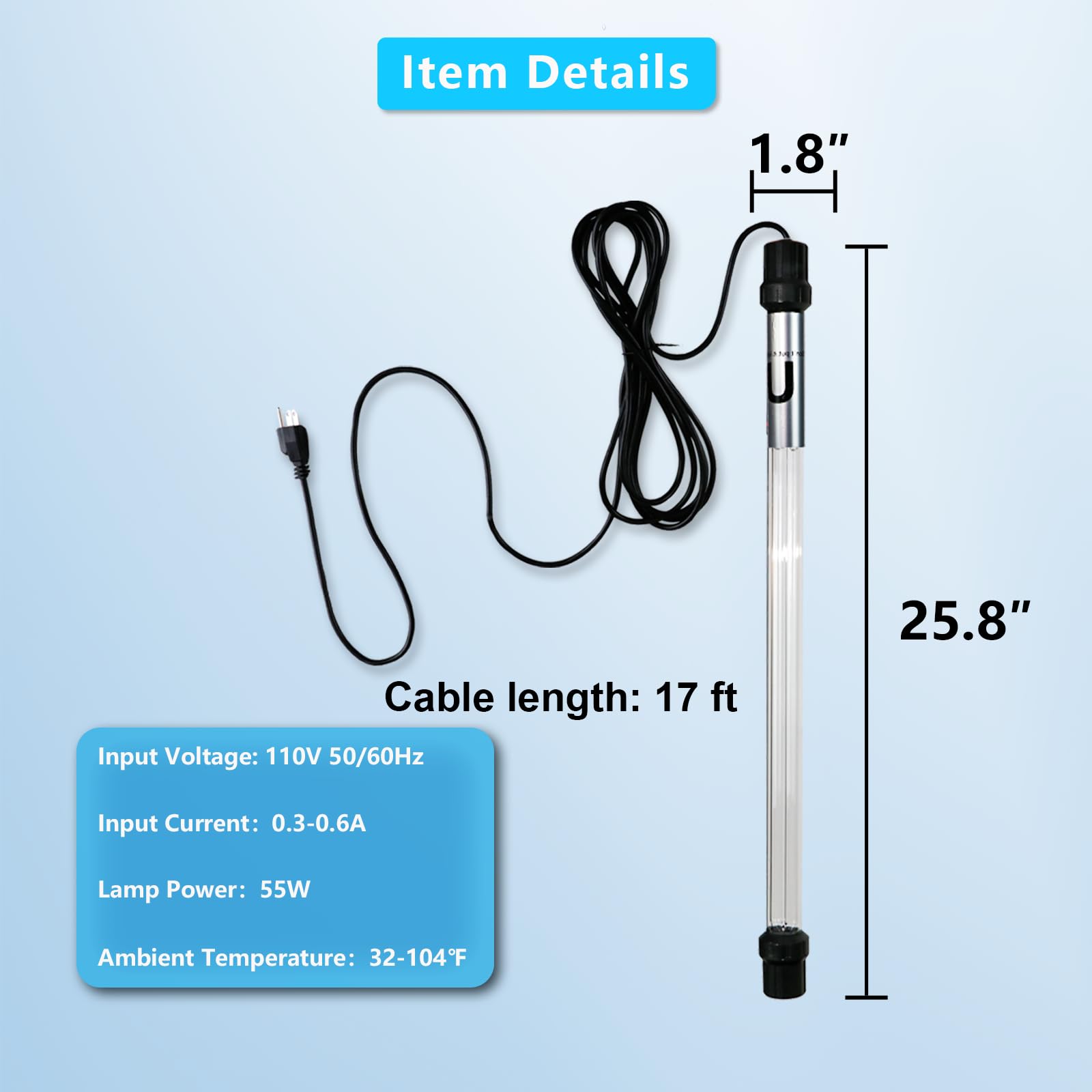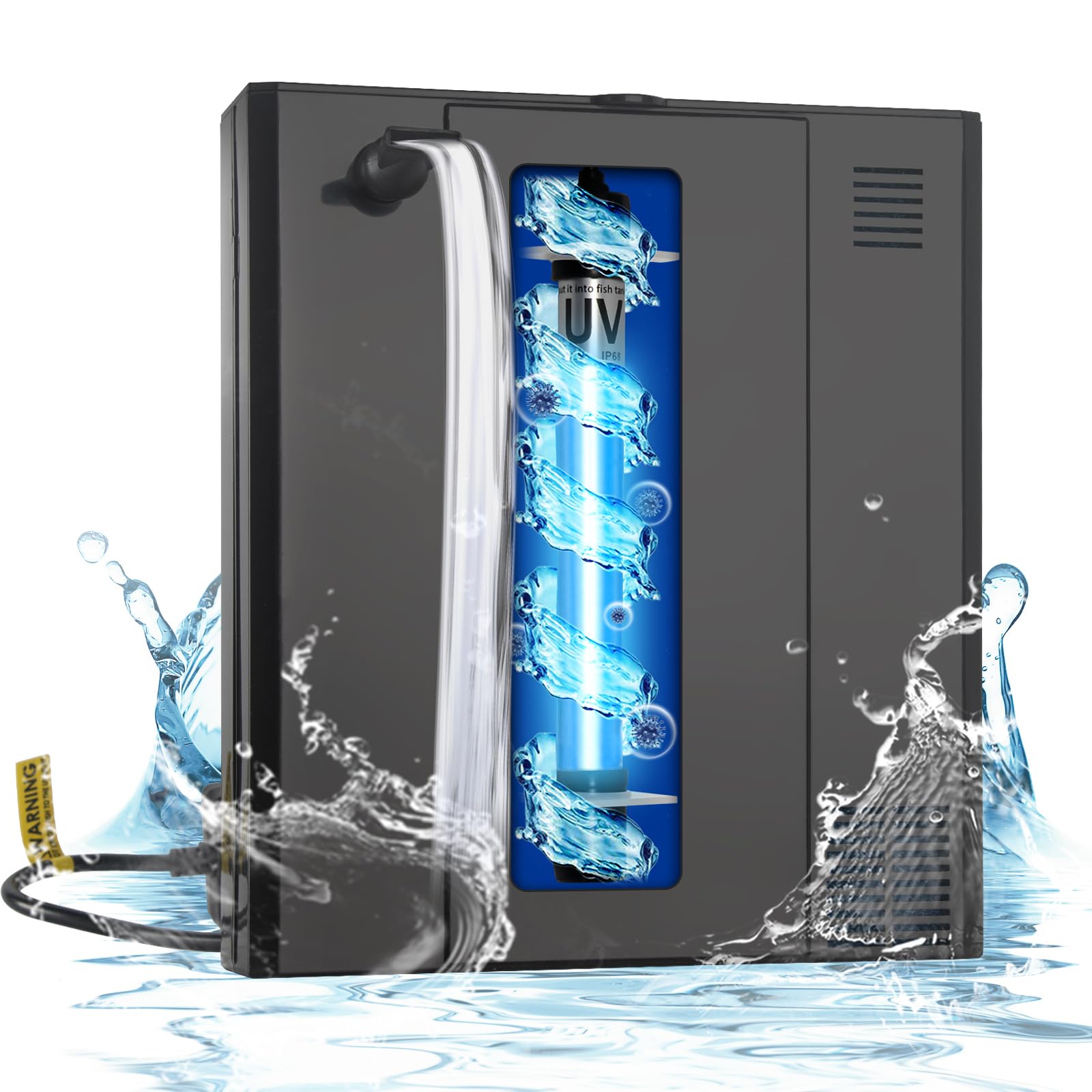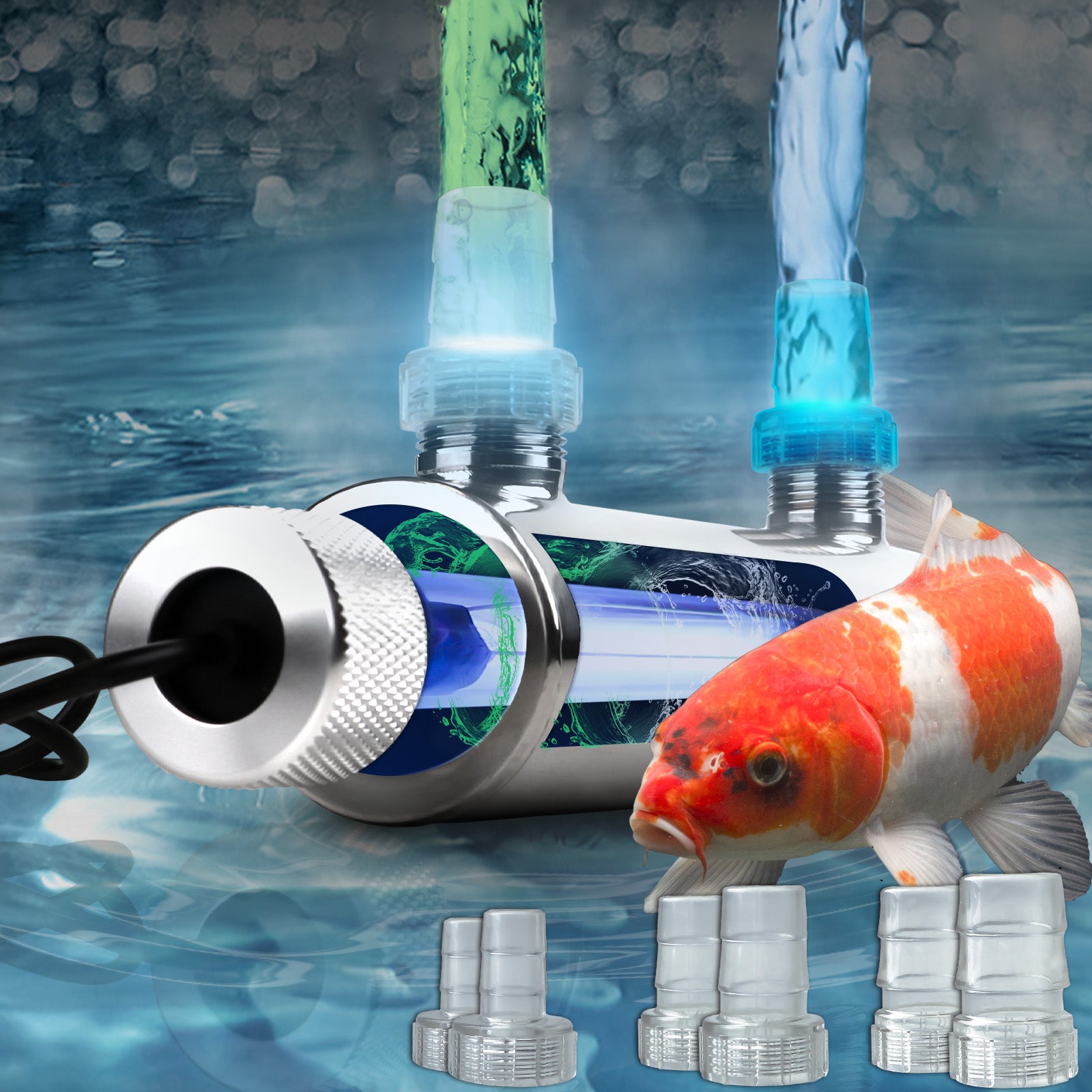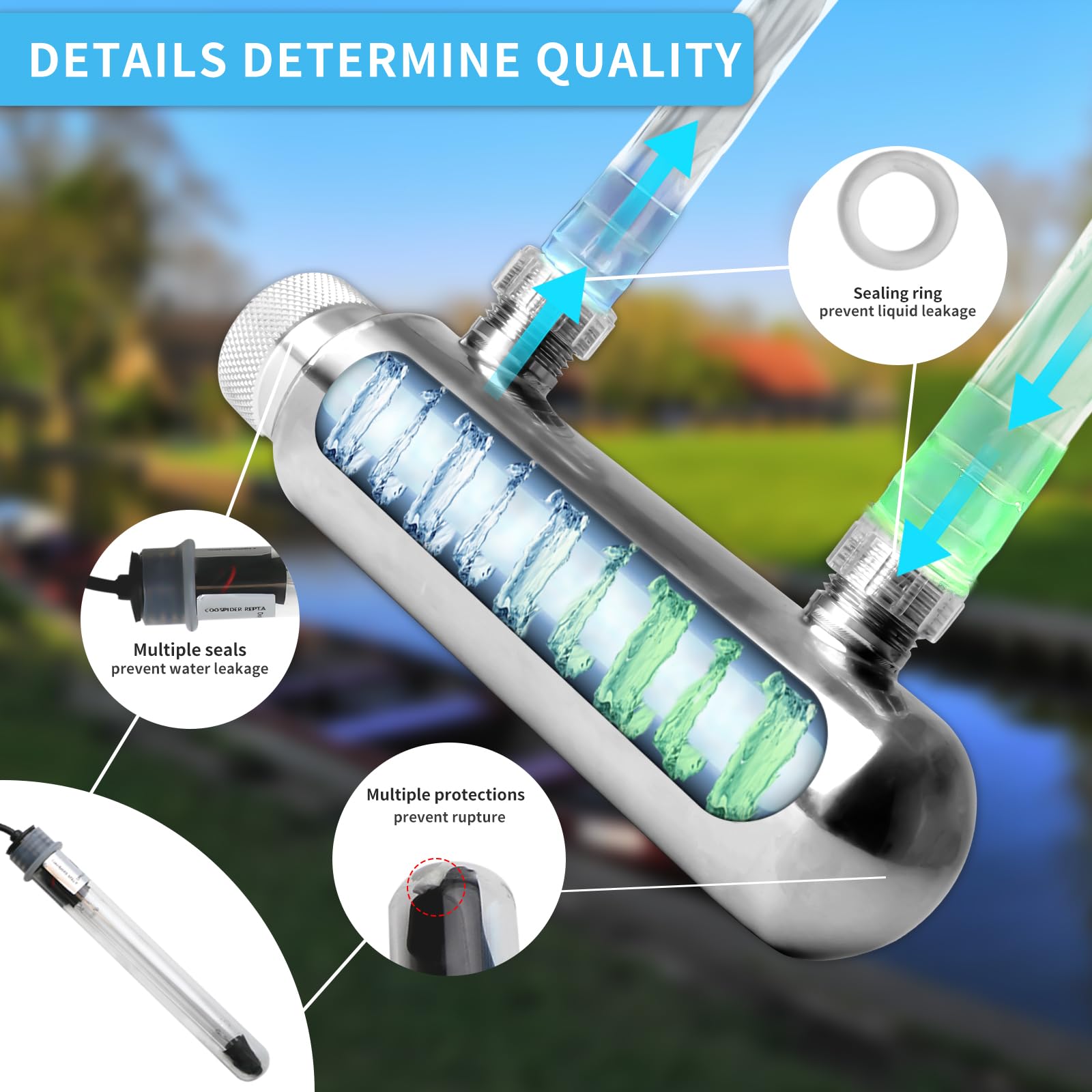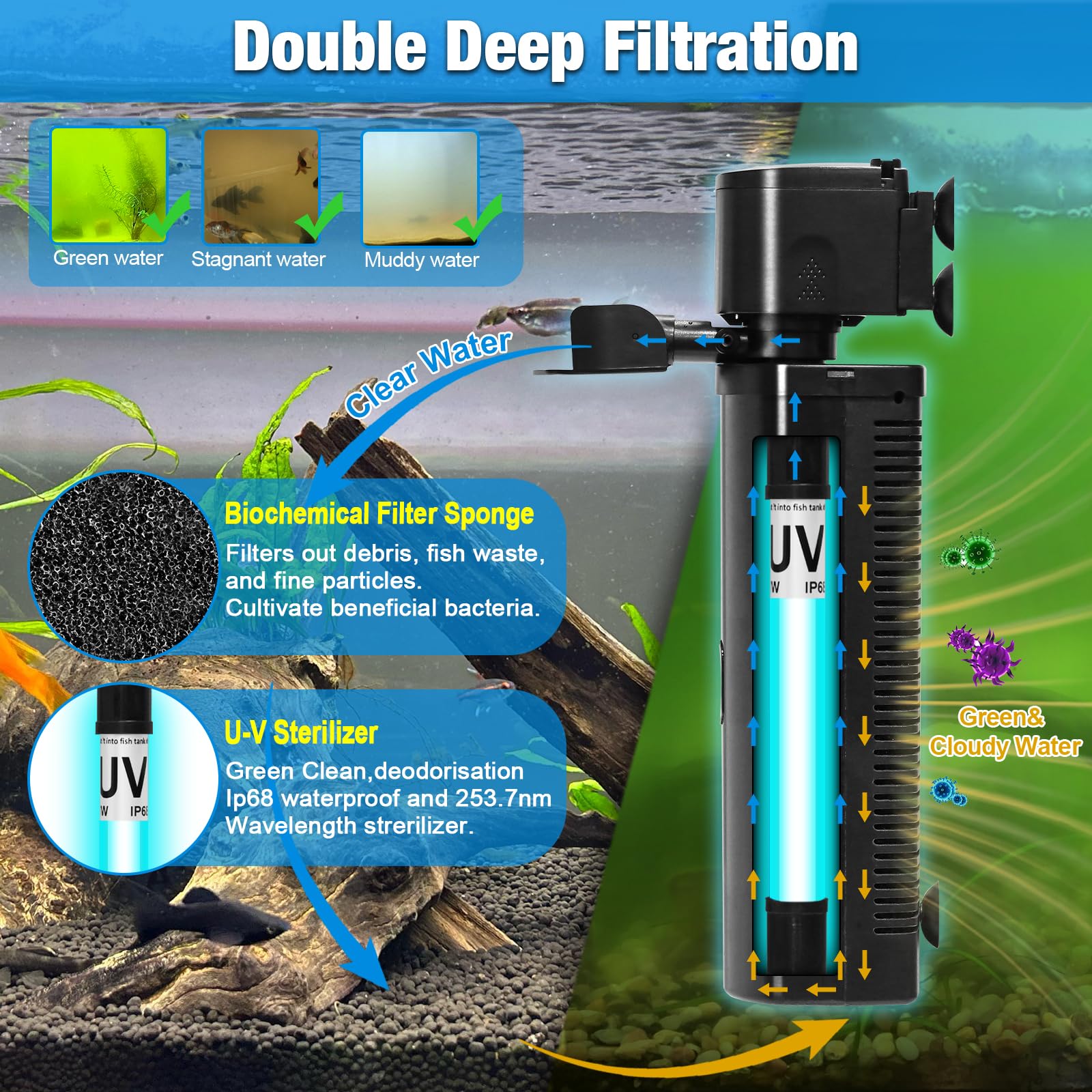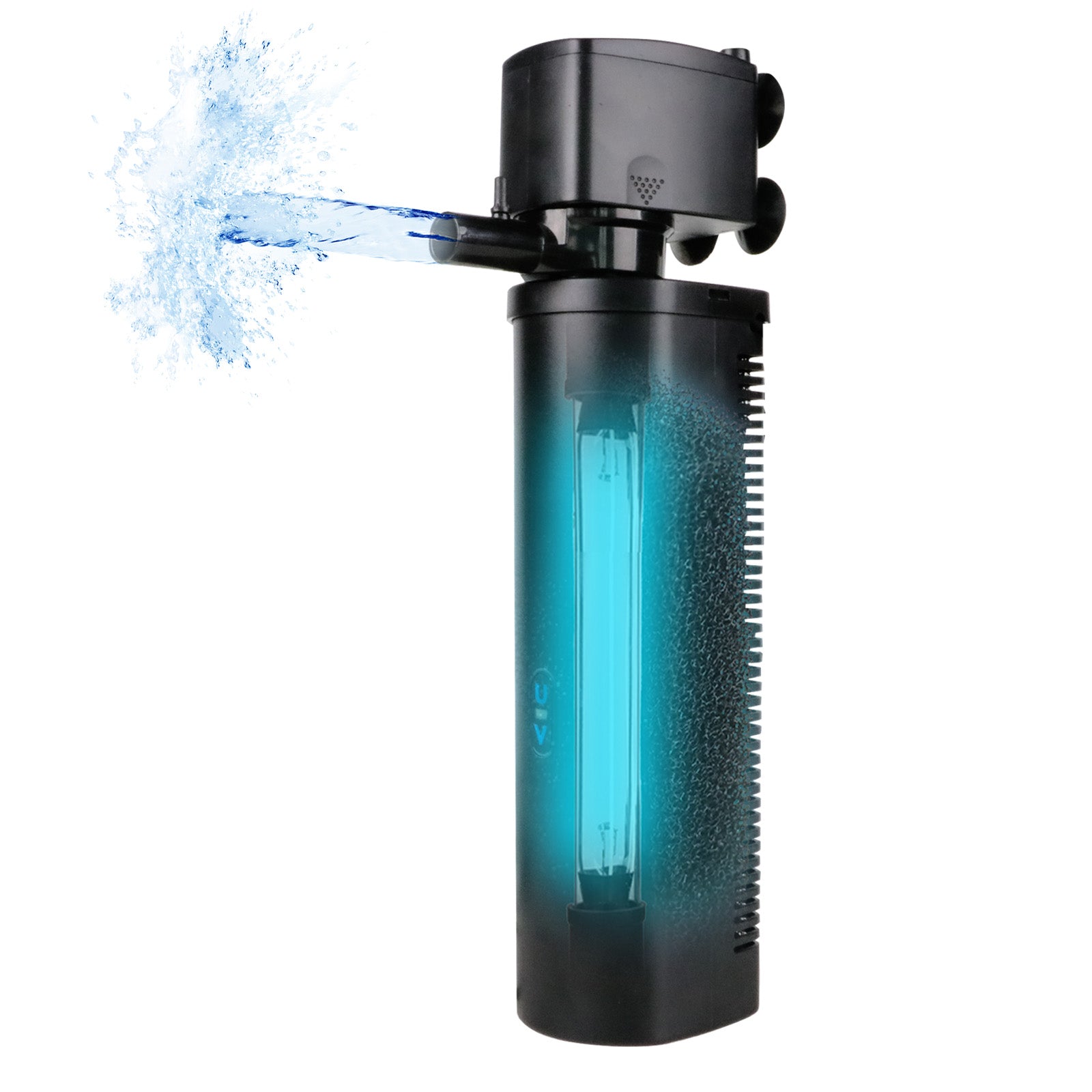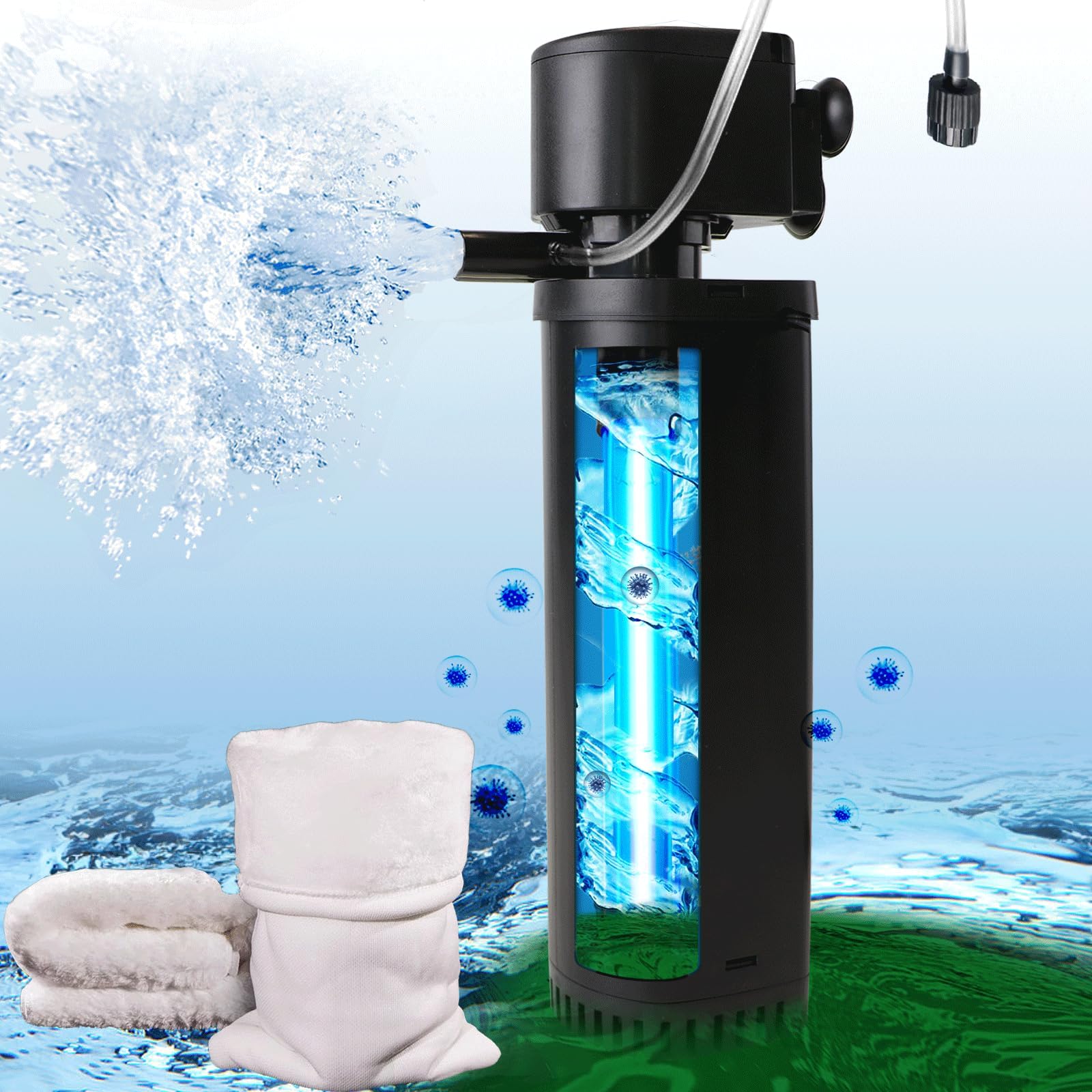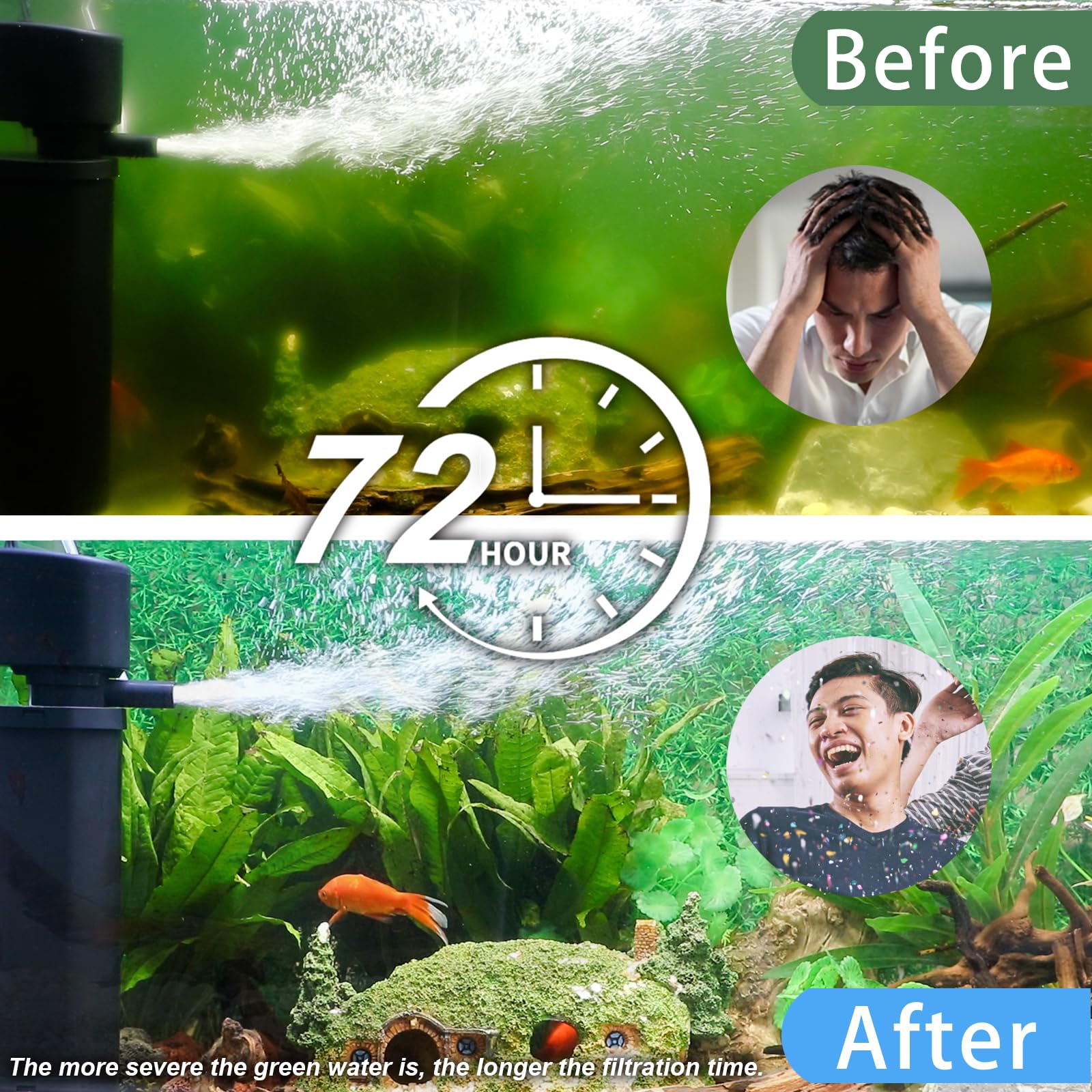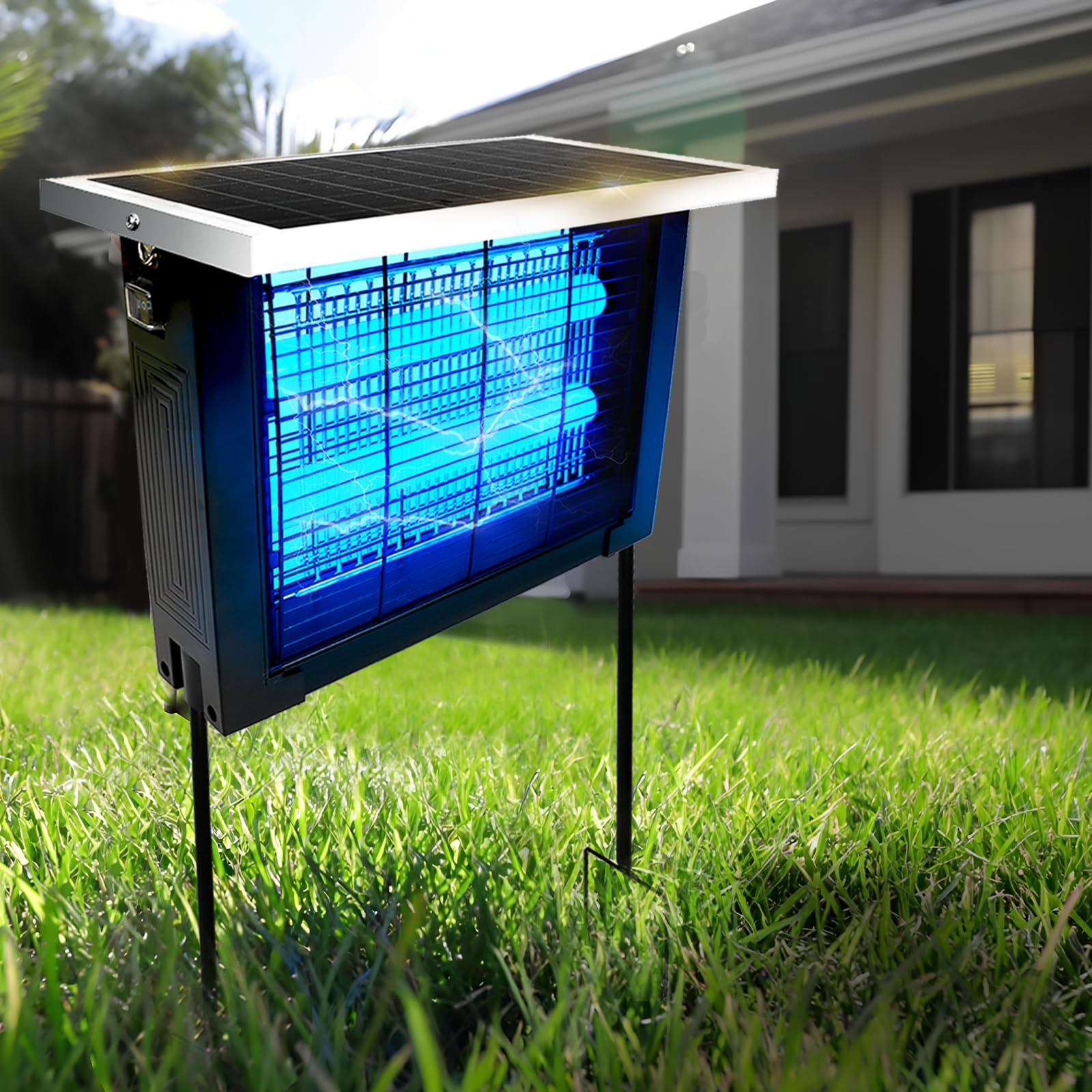Aquarium heaters are among the most essential—and most underestimated—pieces of equipment in the fishkeeping world. They quietly maintain stable temperatures, protect tropical fish from deadly cold swings, and support breeding, growth, and overall health. But as critical as heaters are, they also come with a potential danger that many aquarists don’t fully understand:
Aquarium heater explosions.
While not extremely common, heater explosions do happen, and when they do, they can cause serious damage: cracked tanks, electrical shorts, burns, and even fish deaths. Most cases involve preventable mistakes—improper installation, poor maintenance, or using the wrong heater for the wrong environment.
This in-depth guide explains why heaters explode, the science behind the risk, and—most importantly—the safety practices that can prevent these accidents altogether. If you own or plan to own an aquarium heater, this article may save your equipment, your fish, and even your home.
1. Why Aquarium Heaters Explode: Understanding the Real Causes
Aquarium heaters are simple but delicate devices. Most explosions happen because the heater’s internal system fails in extreme temperature or pressure conditions.
Here are the main root causes:
1.1 Sudden Temperature Shock
A classic scenario:
-
You take the heater out of the water.
-
It’s still hot.
-
Cold air hits it.
-
CRACK! The glass shatters instantly.
Or the opposite:
-
You put a cold heater into warm water.
-
The internal components heat too fast.
-
Pressure builds up.
-
Explosion risk increases.
Why it happens:
Glass and metal expand at different rates under temperature changes. A fast shock can cause instant structural failure.
1.2 Running Dry (Heater Exposed to Air)
Heaters are designed to function only when submerged. When they run while exposed to air:
-
The heating element overheats rapidly.
-
Temperature rises far beyond safe levels.
-
Internal pressure increases.
-
Glass casing bursts.
Common examples:
-
Low water level during evaporation
-
A heater suction cup falls
-
Water change errors
-
Filter or return pump malfunctions
1.3 Internal Thermostat Failure
Inside the heater is a thermostat that turns the heating element on and off. If this mechanism fails (a common issue in cheap models):
-
The heater stays on continuously.
-
Temperature spikes to dangerous levels.
-
Pressure inside the heater increases.
-
Boom—glass can crack, burst, or even ignite surrounding components.
This can also kill all livestock within hours.
1.4 Manufacturing Defects or Low-Quality Materials
Low-cost heaters often use:
-
Thin glass
-
Weak seals
-
Poor electrical insulation
-
Low-grade thermostats
These are significantly more prone to:
-
Overheating
-
Cracking
-
Leaks
-
Electrical shorts
Buying the cheapest heater is a risk that often costs more in the long run.
1.5 Incorrect Wattage for Tank Size
A heater that’s too powerful may:
-
Overheat too quickly
-
Overrun its thermostat
-
Build excess internal pressure
A heater that’s too weak may:
-
Run constantly
-
Overheat internally
-
Fail prematurely
Both scenarios increase explosion risk.
1.6 Faulty Electrical Connections or Water Ingress
If water enters the heater casing:
-
It contacts live electrical components.
-
Heat + electrical arcing create pressure.
-
The heater can crack or explode.
This is why inspecting seals and casing integrity is critical.
1.7 Using Glass Heaters in Harsh Environments
Common risky environments:
-
Cold garages
-
Outdoor ponds
-
Sumps with strong flow
-
Turtle tanks
Glass heaters are fragile and can break under impact or rapid temperature shifts.
2. Warning Signs Your Heater May Explode Soon
Most heaters give warning signs before failing. If you notice any of the following, unplug the heater immediately.
2.1 Condensation Inside the Glass Tube
This is a major red flag.
It means water is already leaking inside.
2.2 Cracks or Hairline Fractures
Even tiny cracks make the heater unsafe.
2.3 Clicking or Buzzing Sounds
Indicates thermostat or wiring issues.
2.4 Temperature Overshooting
If your tank hits:
-
82°F when set at 78°F
-
86°F when set at 80°F
…the thermostat is malfunctioning.
2.5 Heater Remains On Constantly
This is the most dangerous failure—leading to overheating or explosion.
2.6 Burn Marks or Discoloration
Internal damage may already be happening.
2.7 Visible Steam or Micro-Bubbles Inside Heater
This means the internal components are overheating.
3. Safety Practices to Prevent Heater Explosions
Now that we understand the dangers, here are real, actionable steps to prevent explosions.
3.1 Always Submerge the Heater Fully Before Plugging It In
Never plug in a heater outside of water.
Never let it run in shallow water.
Heaters heat up extremely fast when exposed to air.
3.2 Unplug the Heater Before Water Changes
This is one of the most common causes of explosions.
Sequence for safety:
-
Unplug heater
-
Wait 10 minutes
-
Remove water
-
Refill tank
-
Place heater underwater
-
Wait 10 minutes
-
Plug heater back in
Always follow this order.
3.3 Use a Heater Guard or Protective Sleeve
Prevents:
-
Impacts
-
Fish contact
-
Hardscape collisions
-
Turtle bites (yes—it happens!)
Heater guards significantly reduce breakage risk.
3.4 Avoid Cheap, Unregulated Heaters
Do not buy heaters that cost:
-
$5
-
$8
-
$10
These units often use poor materials and fail frequently.
Look for:
-
UL certification
-
CE certification
-
Reputable brands
-
Strong user reviews
3.5 Choose the Right Wattage for Your Tank
General guideline:
-
50W → 5–10 gallons
-
100W → 10–20 gallons
-
150W → 20–30 gallons
-
200W → 30–55 gallons
-
300W → 55–75 gallons
Too small = heater runs nonstop
Too large = overheats too fast
Both raise explosion risk.
3.6 Use an External Temperature Controller (Highly Recommended)
Controllers such as:
-
Inkbird
-
Hygger digital controllers
-
WiFi smart controllers
They:
-
Monitor tank temperature
-
Cut power if overheating occurs
-
Serve as a fail-safe backup
This eliminates most catastrophic heater failures.
3.7 Keep the Heater Away from Direct Flow
Strong flow can cause:
-
Temperature shock
-
Uneven heating
-
Stress on housing materials
Ideal placement:
-
Moderate flow zone
-
Near the filter return
-
Fully submerged
3.8 Inspect Your Heater Every Month
What to check:
-
Cracks
-
Condensation
-
Discoloration
-
Rust (for stainless heaters)
-
Loose wiring
-
Strange noises
Early detection prevents dangerous failures.
3.9 Replace Heaters Every 1–2 Years
Even premium heaters wear out over time.
If your heater cost <$20, replace yearly.
If your heater cost $40–$80, replace every 2–3 years.
Heaters are not lifetime equipment.
3.10 Never Operate a Heater Out of Water—Even for a Second
Even lifting your heater halfway during maintenance can cause:
-
Temperature shock
-
The glass to crack
-
Internal stress failure
Keep it fully underwater at all times.
4. Best Types of Heaters for Avoiding Explosion Risk
Different heater materials vary in safety.
✔ Stainless Steel Heaters
-
Strong
-
Shatter-proof
-
Excellent for turtle tanks
Best for durability
✔ Titanium Heaters
-
Nearly indestructible
-
No glass
-
Fast heating
Best for safety + longevity
✔ Glass Heaters with Protective Sleeves
-
Affordable
-
Decent performance
Good for low-risk environments
✔ Smart Heaters with Controllers
-
Automatic shutoff
-
Error alarms
-
App monitoring
Best for preventing overheating
5. What to Do if Your Heater Breaks Inside the Tank
If the worst happens, stay calm and follow these steps:
5.1 Unplug the Heater Immediately
Do not reach into the water.
5.2 Disconnect Power Strip Entirely
Prevent electrical shock.
5.3 Remove Fish with a Net Only
Never use your hands until the tank is fully safe.
5.4 Inspect for Glass Shards
Use a siphon to remove small fragments.
5.5 Partial Water Change
Possible contaminants may have leaked.
5.6 Replace Heater with a Safe Backup
Always keep a spare heater available.
6. Myths About Heater Explosions—Debunked
❌ Myth: Only cheap heaters explode.
✔ Fact: Even expensive heaters can fail if misused.
❌ Myth: Heaters explode randomly.
✔ Fact: Almost all explosions follow predictable causes.
❌ Myth: Running dry won’t damage a heater immediately.
✔ Fact: A heater can break in seconds when exposed to air.
❌ Myth: Using two smaller heaters is safer.
✔ Fact: Yes—redundancy reduces explosion risk significantly.
7. Final Verdict: How to Prevent Heater Explosions Completely
If you follow these guidelines, your heater will almost never fail catastrophically.
✔ Always unplug the heater before water changes
✔ Let it cool before removing
✔ Choose correct wattage
✔ Use an external controller
✔ Inspect monthly
✔ Replace every 1–2 years
✔ Avoid ultra-cheap heaters
✔ Keep it fully submerged
✔ Consider titanium models
✔ Watch for warning signs
With proper usage, heater explosions are almost entirely preventable.

